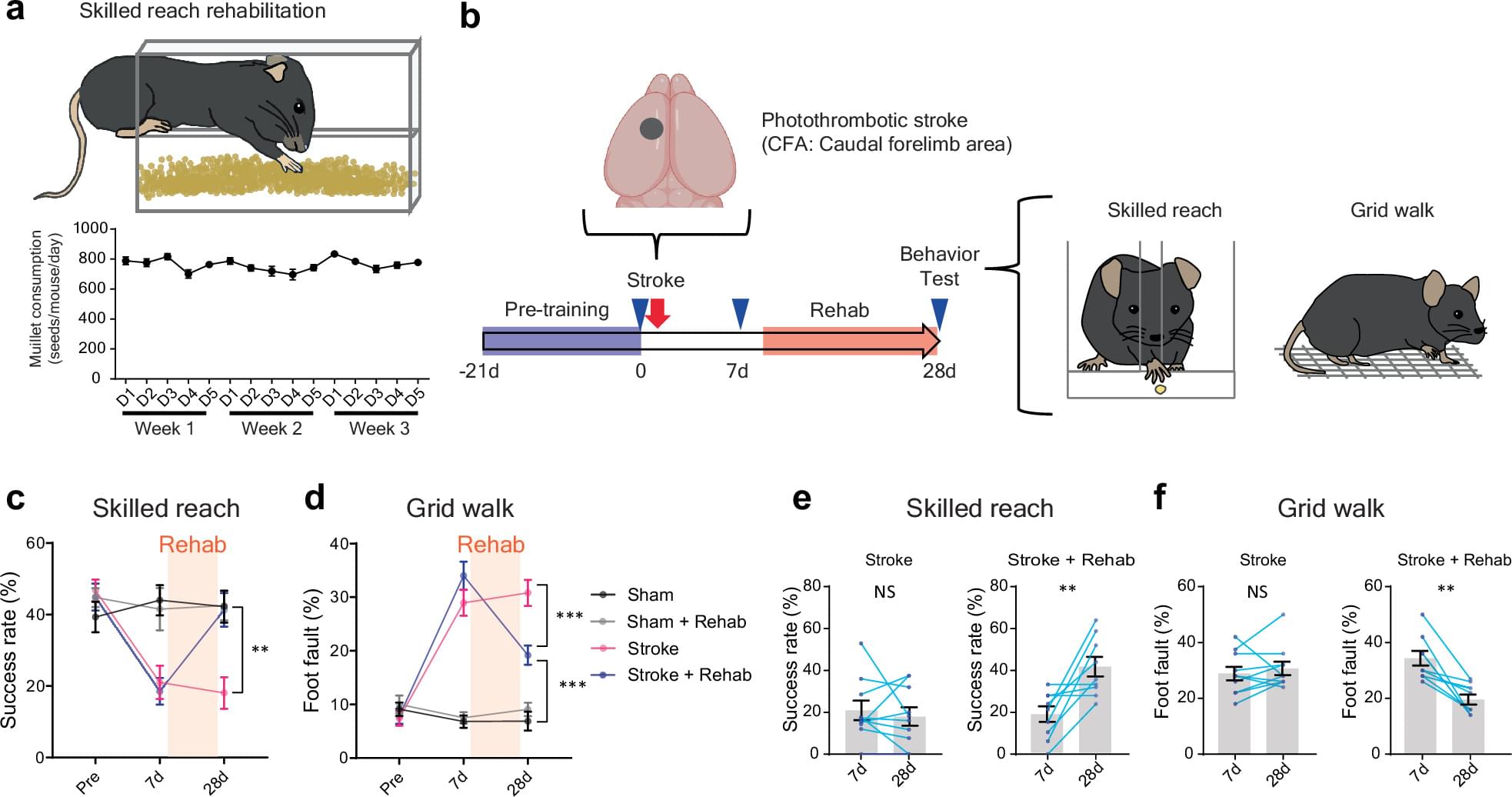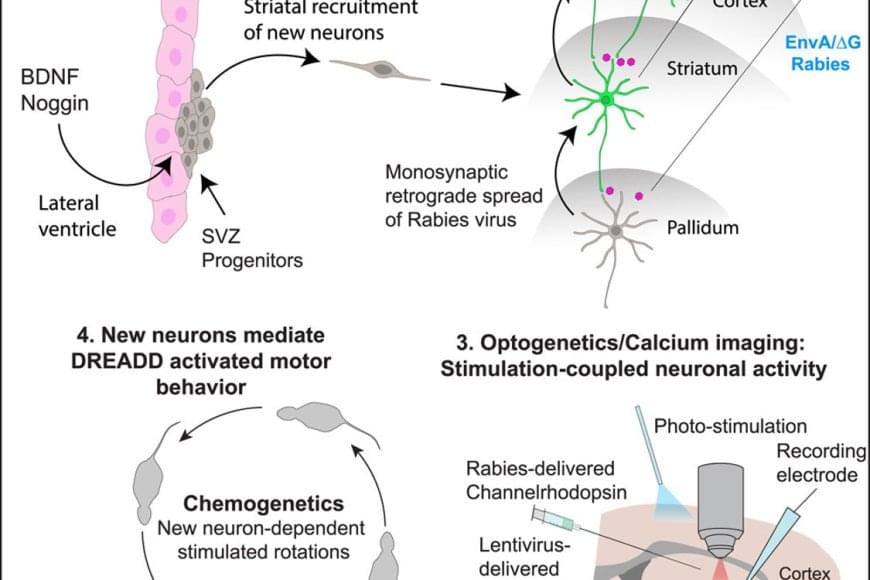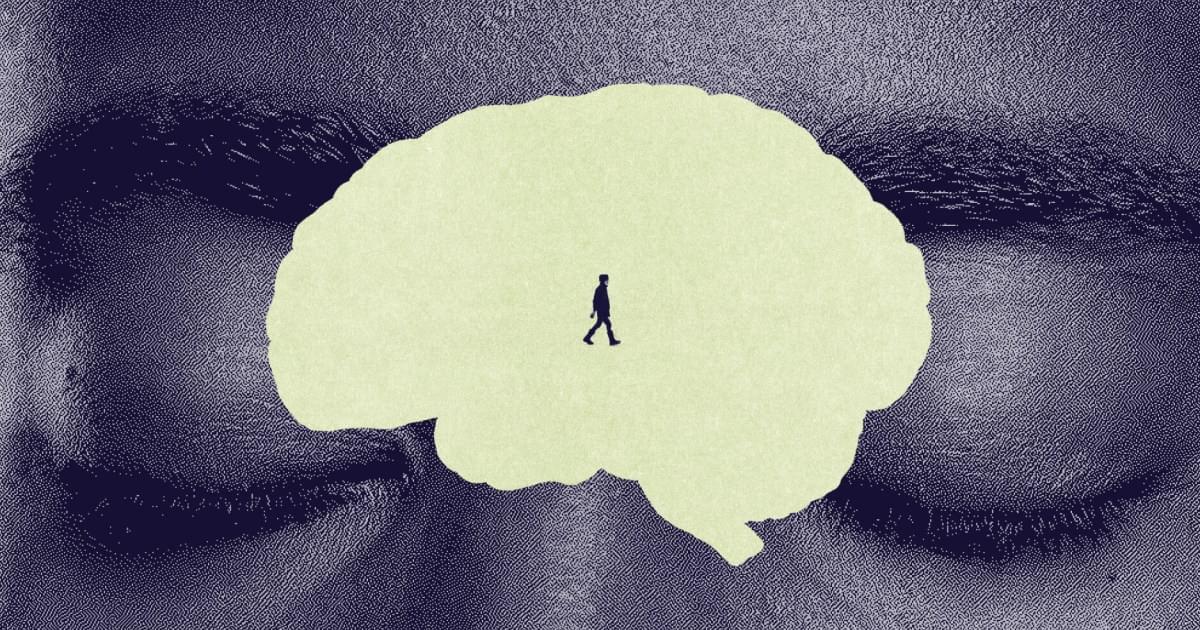Was Mars a dry and cold planet billions of years ago like we see today, or was it warmer, wetter, and possibly having the conditions for life as we know it | Space



“This is a very tiny object, with very weak gravity, so it easily loses a lot of mass, which then further weakens its gravity, so it loses even more mass,” said Dr. Avi Shporer.
What can a planet that’s shedding its material teach astronomers about planetary formation and evolution? This is what a recently submitted study to The Astrophysical Journal Letters hopes to address as an international team of scientists investigated a unique exoplanet that orbits its host star approximately 20 times closer than Mercury orbits our Sun, resulting in the exoplanet shedding so much material that it’s creating a tail of debris and will eventually disintegrate into nothing.
“The extent of the tail is gargantuan, stretching up to 9 million kilometers long, or roughly half of the planet’s entire orbit,” said Dr. Marc Hon, who is a postdoc in the Kavli Institute for Astrophysics and Space Research at the Massachusetts Institute of Technology (MIT) and lead author of the study.
Exoplanet BD+054868Ab is located approximately 140 light-years from Earth and orbits its star in approximately 30.5 hours. For context, Mercury takes our Sun in 88 days. The orbit of BD+054868Ab is so close, astronomers hypothesize that it’s a molten world slowly shedding its material and they estimate it will be completely gone between 1 million and 2 million years from now. During its long and slow death, BD+054868Ab is shedding so material that it’s leaving a trail of debris in its wake, which initially puzzled astronomers after analyzing data obtained from NASA’s Transiting Exoplanet Survey Satellite (TESS).



How can electronic “skin” help advance the electronics and computer industry? This is what a recent study published in Nature hopes to address as a team of researchers from the Massachusetts Institute of technology (MIT) and funded by the U.S. Air Force Office of Scientific Research developed an ultrathin electronic “skin” that can sense heat and radiation. This study has the potential to expand the electronics industry by enhancing wearable and imaging devices used on smaller scales than at present.
For the study, the researchers designed and built a pyroelectric (temperature changes to create electric current) material that is only 10 nanometers thick while exhibiting superior sensing capabilities for wide ranges of heat and radiation. To accomplish this, the team conducted a series of laboratory experiments to verify the material’s capabilities, including using the material on a computer chip that measured approximately 60 square microns (approximately 0.006 square centimeters) and comprised of 100 ultrathin heat-sensing pixels. The pixels were then subjected to temperature changes to demonstrate its ability to measure those changes, which the researchers noted was successful.
“This film considerably reduces weight and cost, making it lightweight, portable, and easier to integrate,” said Xinyuan Zhang, who is a PhD student in MIT’s Department of Materials Science and Engineering (DMSE) and lead author of the study. “For example, it could be directly worn on glasses.”

UCLA researchers have made a significant breakthrough in stroke rehabilitation by developing a drug, DDL-920, that replicates the effects of physical therapy in mice. This discovery could pave the way for new treatments that enhance recovery for stroke patients.
Key Findings:
- Understanding Stroke-Induced Brain Disconnection: The study revealed that strokes can disrupt brain connections far from the initial damage site, particularly affecting parvalbumin neurons. These neurons are crucial for generating gamma oscillations—brain rhythms essential for coordinated movements.
- Role of Physical Rehabilitation: Physical therapy was found to restore gamma oscillations and repair connections in parvalbumin neurons, leading to improved motor functions in both mice and human subjects.

New research shows that the adult brain can generate new neurons that integrate into key motor circuits. The findings demonstrate that stimulating natural brain processes may help repair damaged neural networks in Huntington’s and other diseases.
“Our research shows that we can encourage the brain’s own cells to grow new neurons that join in naturally with the circuits controlling movement,” said a senior author of the study, which appears in the journal Cell Reports. “This discovery offers a potential new way to restore brain function and slow the progression of these diseases.”
It was long believed that the adult brain could not generate new neurons. However, it is now understood that niches in the brain contain reservoirs of progenitor cells capable of producing new neurons. While these cells actively produce neurons during early development, they switch to producing support cells called glia shortly after birth. One of the areas of the brain where these cells congregate is the ventricular zone, which is adjacent to the striatum, a region of the brain devastated by Huntington’s disease.
AI models could help fight disease—but they also pose a deadly risk if weaponized by non-experts.
This idea puts a morbid twist on quantum theory, suggesting that a copy of you may remain alive, no matter what.
